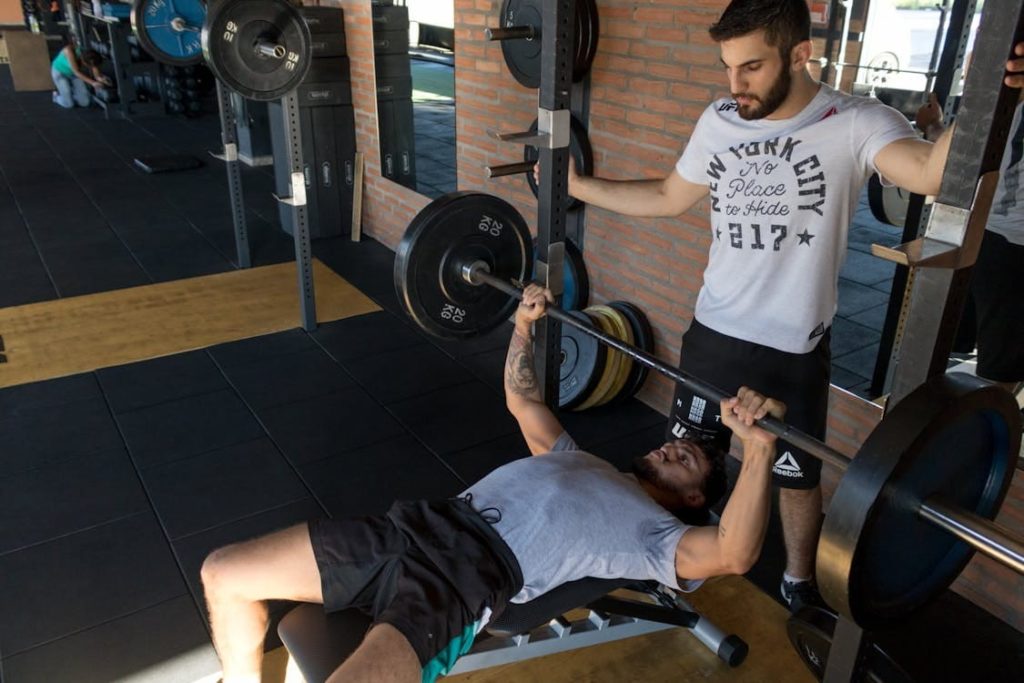THE ASPECTS OF OUR SUCCESFUL SEO CAMPAIGNS
In order to fully understand SEO and how it works, it’s important to know what the main aspects of SEO are. That’s why we’ve outlined them here.
On-page SEO
This facet of SEO is all about optimising what’s visible on the page.
For example, your homepage likely has a section introducing yourself and explaining what sorts of personal training services you offer. On-page SEO would involve ensuring that the text, URL, images, and other visible content is optimised for search result rankings such that your homepage shows up in searches like “best personal trainer 2025” and “personal trainer one on one sessions”.
Technical SEO
If on-page SEO is what you can see, technical SEO is what you can’t.
This aspect is all about optimising your web pages themselves so that they load quickly, work across all kinds of devices, and encourage visitors to stay on your website.
Local SEO
While on-page and technical SEO focus on your website and its ranking in organic searches, local SEO emphasises the importance of ranking highly in local searches.
It’s focused on ensuring that your Google My Business page reaches the top three local search results for relevant keywords, so anyone searching for personal trainers on Google Maps sees you first. That’s great for personal trainers looking to work with their clients in person.
Off-page SEO
Lastly, there’s off-page SEO. As the name suggests, this isn’t something that can be optimised within the confines of your website. Instead, it’s about ensuring that the right domains provide backlinks to your pages.
Backlinks on high-authority websites signals to search engine algorithms that your site should climb in search result rankings as well.
POWER UP YOUR BUSINESS WITH PERSONAL TRAINER SEO
It’s also important to fully understand what makes SEO for personal trainers so important to invest in. That’s why we’ve gathered a few of the biggest reasons why SEO is such a fantastic marketing tactic.
It helps you draw in organic traffic
The main benefit of SEO campaigns for most businesspeople is that it makes it much easier to drive organic traffic up (more on what separates organic traffic from other kinds below). That’s because SEO massively boosts your visibility.
If you’re a brand-new personal trainer with no existing reputation, you won’t automatically rank on the first page of Google’s search results unless you use SEO. This can let you stand among established names in the industry.
The same is true of personal trainers who have been in the game for a long time – neglecting your SEO means you won’t make the first page of the search results you care about. That automatically means letting others have a spot that could be yours, thereby handing your traffic off to them too.
That’s why you need SEO to avoid that outcome.
Targeting your audience
One great thing about SEO as a marketing tactic is that it comes with built-in targeting. People who aren’t interested in a personal trainer won’t look up personal trainers just because, meaning that when you rank highly for those searches, you’re putting your business in front of people who are already interested in it.
In contrast, with ad-based marketing, you have no guarantee that the ad will be seen by people who care about it. And spending money on an ad just for it to be shown to people who aren’t planning to do any gym or fitness-related activities is a bit of a waste of your resources.
Organic versus paid traffic
We mentioned ‘organic’ traffic earlier, so let’s quickly clarify that.
Organic traffic is the kind that happens independently of you spending any money on it directly. It’s what happens when people click on your website after finding it on their own.
Paid traffic, on the other hand, will always cost you per click. It’s generated from ads or sponsored search result placements. The reason it isn’t organic is that you’ve got to invest money for every single one of those clicks, while organic traffic is usually brought about from SEO practices.
Traditional marketing isn’t as effective
Everything and everyone is online now – that much is no secret. As a result, there’s not terribly much incentive for you to spend money on ads in newspapers or other printed spaces. Also, billboard marketing matters precious little if your target audience isn’t driving places with billboards.
This highlights the need for SEO even more strongly, as search engines are where people are looking for services like those offered by personal trainers.
SEO is more budget-friendly
We’ve already touched on organic versus paid traffic – and it bears highlighting that SEO is really the more cost-effective solution for personal trainer marketing.
With SEO, you pay a fixed cost per month and then get to enjoy the benefits. With paid ads, especially pay-per-click ones, you’ve got to keep accumulating expenses as more people click on them. Although you can set a budget but that way you are limited in how many people can see your website.
SEO has long-term benefits
When you optimise your pages and ensure they rank as highly as possible for relevant keyword searches, you get to retain those rankings after your SEO campaign ends. As a result, the benefits of SEO marketing don’t stop when your campaign stops.
This makes SEO viable in the long term.
A SNEAK PEEK AT YOUR HIGHLY EFFECTIVE SEO CAMPAIGNS
We’ll also take you through the structure of an SEO campaign so you know what you’re signing up for. Please note that this process is the one we typically use at Digital Glory.
Keyword research
Any good SEO campaign should start with in-depth keyword research, as this sets up the foundation of the rest of the campaign.
This stage involves checking out what your competitors are doing, including which keywords they rank for.
It also includes research into potential keywords for us to help you rank for. Those terms should have a high search intent, as well as satisfactory search volume, so that you see enough traffic come about as a result of the SEO campaign.


